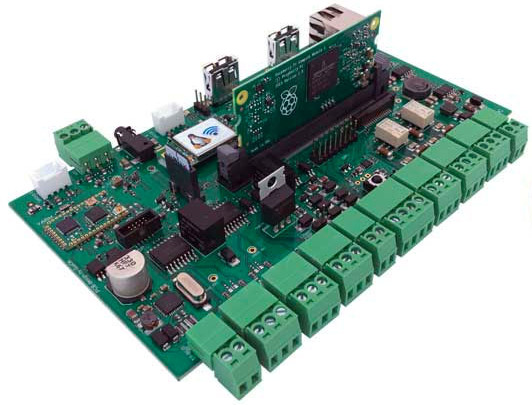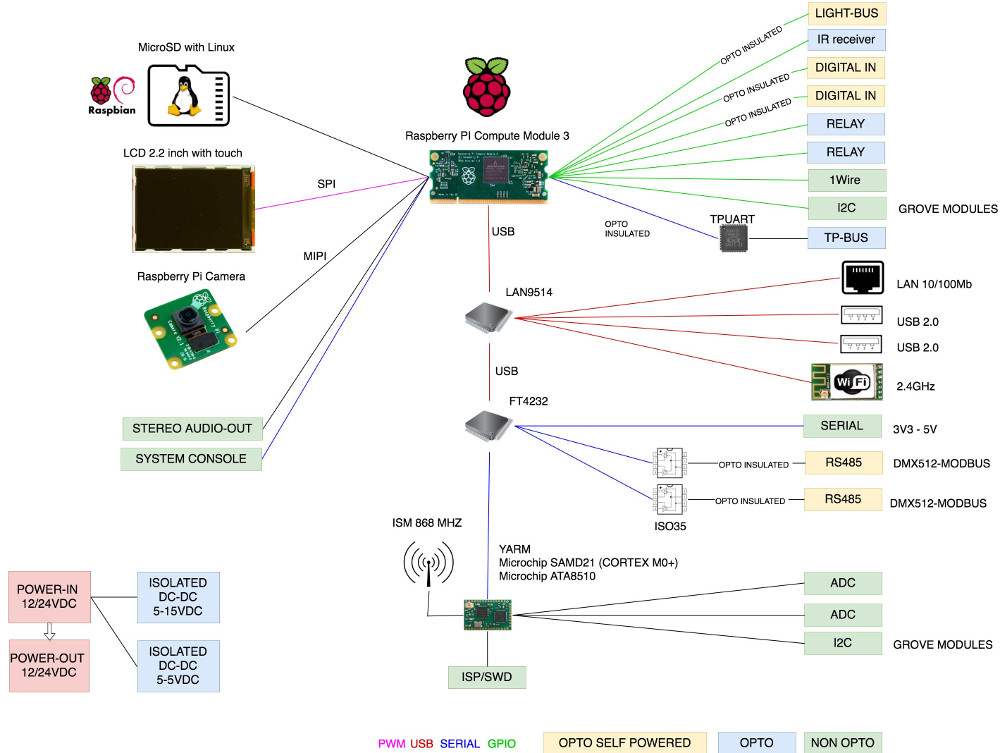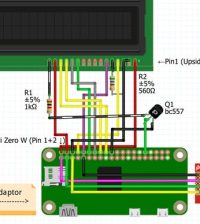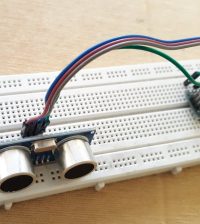- makeITcircular 2024 content launched – Part of Maker Faire Rome 2024Posted 2 weeks ago
- Application For Maker Faire Rome 2024: Deadline June 20thPosted 2 months ago
- Building a 3D Digital Clock with ArduinoPosted 7 months ago
- Creating a controller for Minecraft with realistic body movements using ArduinoPosted 7 months ago
- Snowflake with ArduinoPosted 8 months ago
- Holographic Christmas TreePosted 8 months ago
- Segstick: Build Your Own Self-Balancing Vehicle in Just 2 Days with ArduinoPosted 8 months ago
- ZSWatch: An Open-Source Smartwatch Project Based on the Zephyr Operating SystemPosted 9 months ago
- What is IoT and which devices to usePosted 9 months ago
- Maker Faire Rome Unveils Thrilling “Padel Smash Future” Pavilion for Sports EnthusiastsPosted 10 months ago
CM3-Home: Home Automation Carrier Board for Raspberry Pi CM3

Italy-based Acme Systems, has turned to the Raspberry Pi Compute Module 3 Lite (CM3) as the foundation for its new CM3-Home home automation carrier board. Designed for OEM market and installation within a DIN-rail switchboard, the CM3-Home is available in a consumer-oriented, 130-Euro ($154) Lite model and a more advanced, 330-Euro ($392) “Full” version that targets commercial building automation.
They are both designed to plug in an RPi CM3 Lite module (no eMMC) with a quad-core, Cortex-A53 Broadcom BCM2837 SoC clocked to 1.2GHz. In addition to the 1GB of LPDDR2 RAM on the module, the CM3-Home integrates a microSD slot with a card preloaded with a Linux distribution and drivers.
The Full version supports connections such as a Light-Bus for DALI (Digital Addressable Lighting Interface) lighting devices, and a TP-Bus (Twisted-pair bus) — via a Siemens TP-UART-2 — for KNX compatible lighting and automation devices. It also offers dual ADC lines via screw terminal, and provides standard features that are optional on the Lite model. These include 2.4GHz WiFi, an IR receiver, and an SPI/GPIO based LCD interface for an optional 2.2-inch, 320 x 256 resistive touchscreen.
The Full version is additionally equipped with a Cortex-M0+ based, 22 x 14mm Microchip ATA8510 ISM transceiver module that supports Acme’s open source YARM RF radio module spec.
The CM3-Home includes a 10/100 Ethernet port, 2x USB 2.0 host ports, a stereo audio output, and a MIPI-CSI connector for a Raspberry Pi camera. There are 2x opto-isolated RS485 buses, which are commonly used to connect DMX512, Modbus or generic RS485 serial devices.
More information may be found on the Acme Systems CM3-Home product page.
















